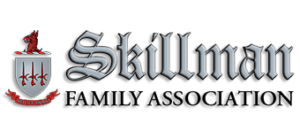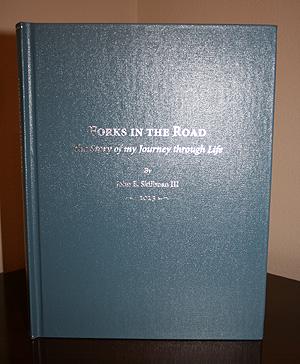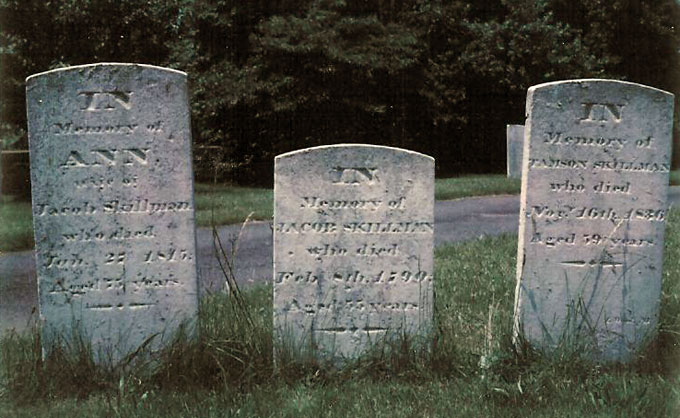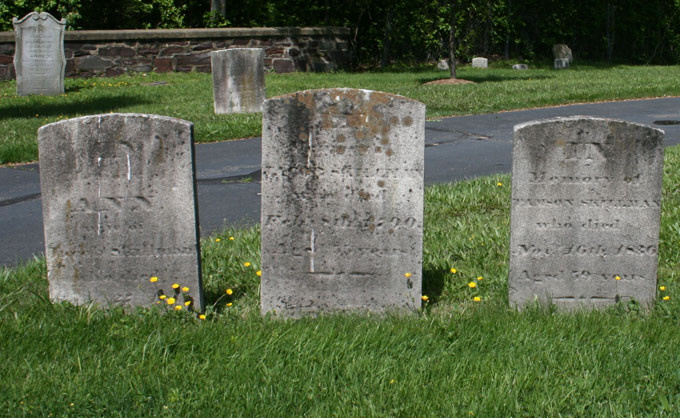Invaluable WJS Collection Now on SFA Website!
How would you like to read a letter in your own great grandfather’s or great grandmother’s handwriting and view his or her signature? You may be able to do this now that the complete William Jones Skillman Collection is on the SFA website! It still amazes me that the Reverend William Jones Skillman’s collection of his correspondence, scrapbooks, and journals has survived the several generations and 99 years since his death in 1914. “The Skillmans of America and Their Kin,” his genealogy of the first five generations of the Skillman family in America (also under the Members Only section of the SFA website), was the result of some 30 years of his correspondence and work from the 1870s through the early 1900s. That this collection was discovered three years ago in an antiques shop in Connecticut is truly miraculous.
In September of 2010, before the Skillman Family Association was conceived, the collection was purchased by Jay Edward Skillman, Michael Jeffrey Wrona, and this author, three descendants of Thomas1 Skillman with the foresight to preserve it for posterity. Once it was digitized for the members of the SFA, it was donated in the name of the Skillman Family Association to the Archives & Special Collections Section of the Alexander Library at Rutgers University, but SFA members can view the entire collection under the Members Only section of the SFA website. For more on the collection and its donation to the Alexander Library, see the SFA Blog dated 28 April 2013 entitled “William Jones Skillman, Rutgers Class of 1860, Returns to Campus!”
After the collection was purchased, it was shipped to Michael Wrona, Supervising Librarian at the John F. Kennedy Library in Dearborn, MI. Using his extensive library experience and his certification in archival administration, Michael spent many hours of his free time organizing and cataloging the collection and preparing a finding aid, which is an index to the contents of the collection. The collection was then shipped to Jay Skillman in Middlesex, NJ, who spent many hours of his free time expanding the finding aid and photographing and digitizing the numerous documents in the collection. It was Jay who then presented the collection to the Alexander Library.
All members of the Association, both present and future, owe a huge debt of gratitude to Michael and Jay for their extensive work on the collection and to Ken Skillman, our Webmaster, for his time and effort in posting the collection on our website. As members of the Skillman Family Association, we are truly fortunate to be able to view every document in this wonderful collection online without having to travel to the Alexander Library in New Brunswick, NJ. In my opinion, this access alone is well worth the price of our annual dues. Be sure to start with the Finding Aid, which will help you identify items pertaining to your own ancestors. You will note on page 4 that Jay Skillman has added his tips on some of the most interesting items in the collection. They will give you an insight to William Jones Skillman and the frustrations he faced in compiling his genealogy of our family. So take advantage of the time and hard work of your cousins and spend some of your time with the William Jones Skillman Collection. You are likely to be well rewarded!
John E. Skillman III
President

 Not wanting my children, grandchildren, and later descendants to wonder the same things about me, several years ago I began to write my autobiography. My inspiration came in spurts and much of it was written in the dead quiet of sleepless nights. I edited it numerous times and rewrote many sections more than once. I have no idea of how many hours I put into the project, but I labored on it for several years. I backed it up continuously and my autobiography survived crashes of my hard drive and mother board and two computer replacements.
Not wanting my children, grandchildren, and later descendants to wonder the same things about me, several years ago I began to write my autobiography. My inspiration came in spurts and much of it was written in the dead quiet of sleepless nights. I edited it numerous times and rewrote many sections more than once. I have no idea of how many hours I put into the project, but I labored on it for several years. I backed it up continuously and my autobiography survived crashes of my hard drive and mother board and two computer replacements.
